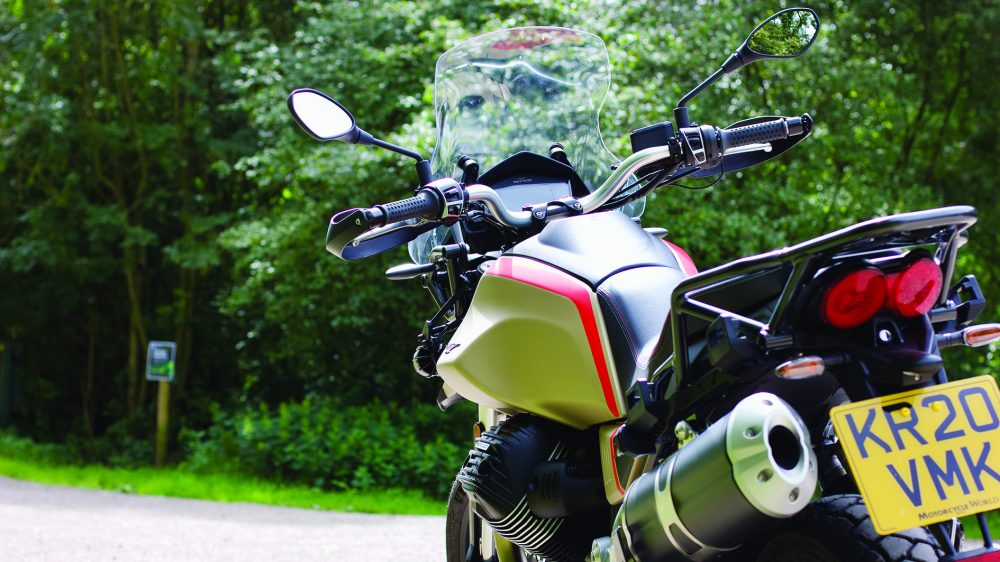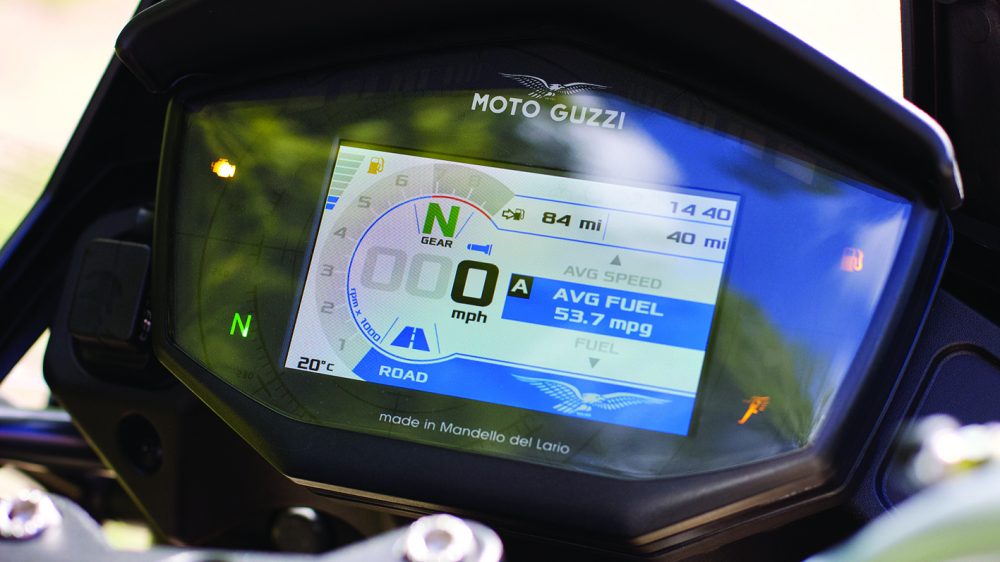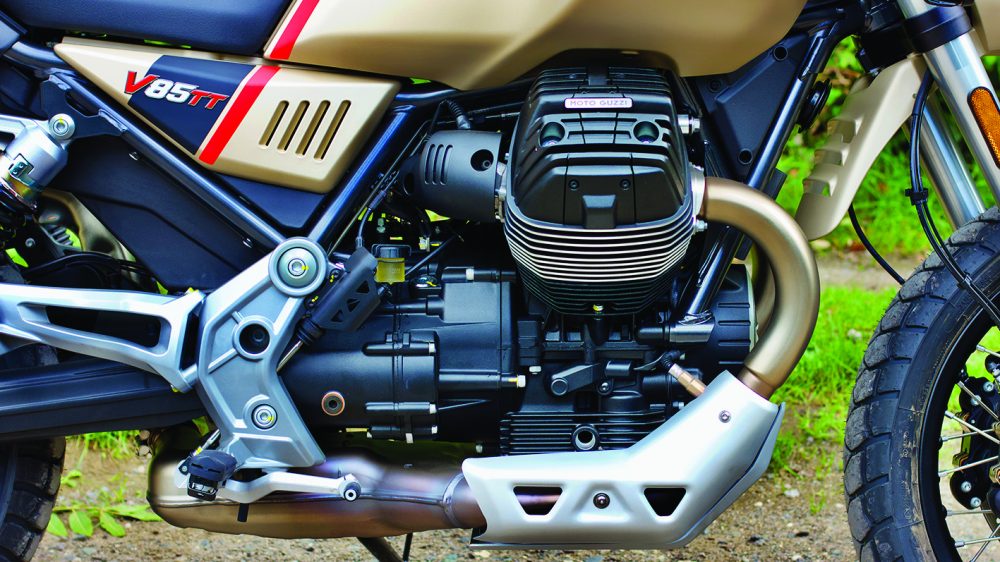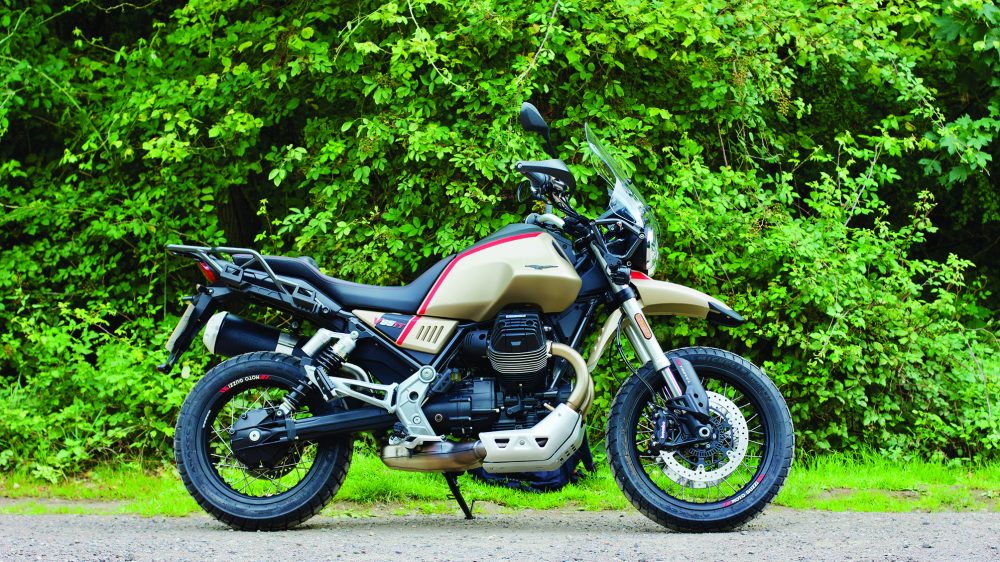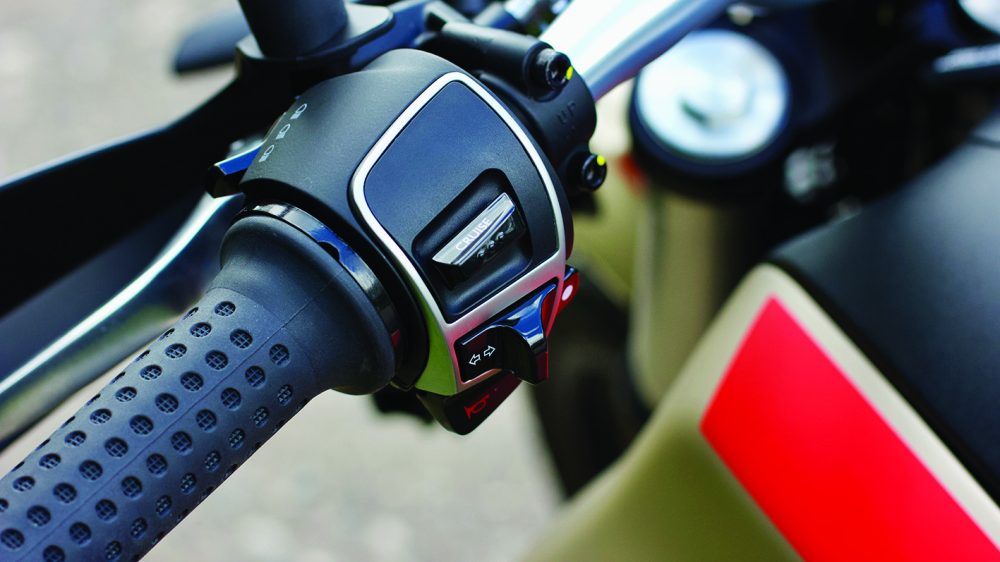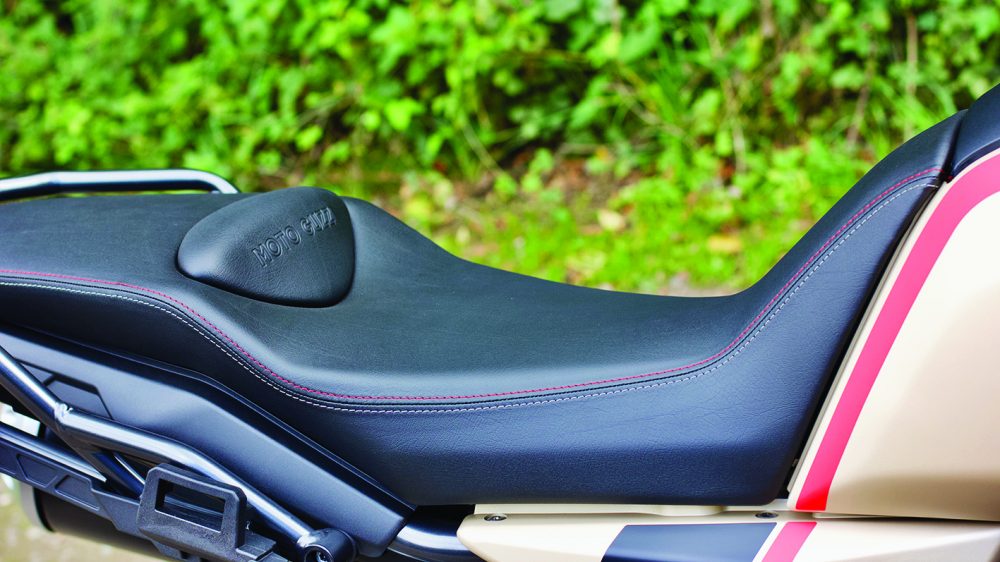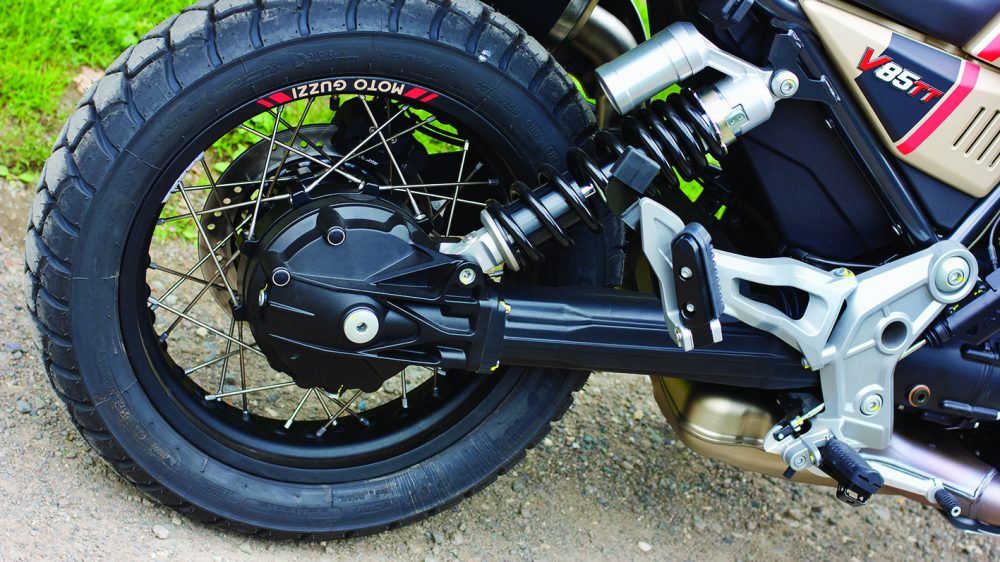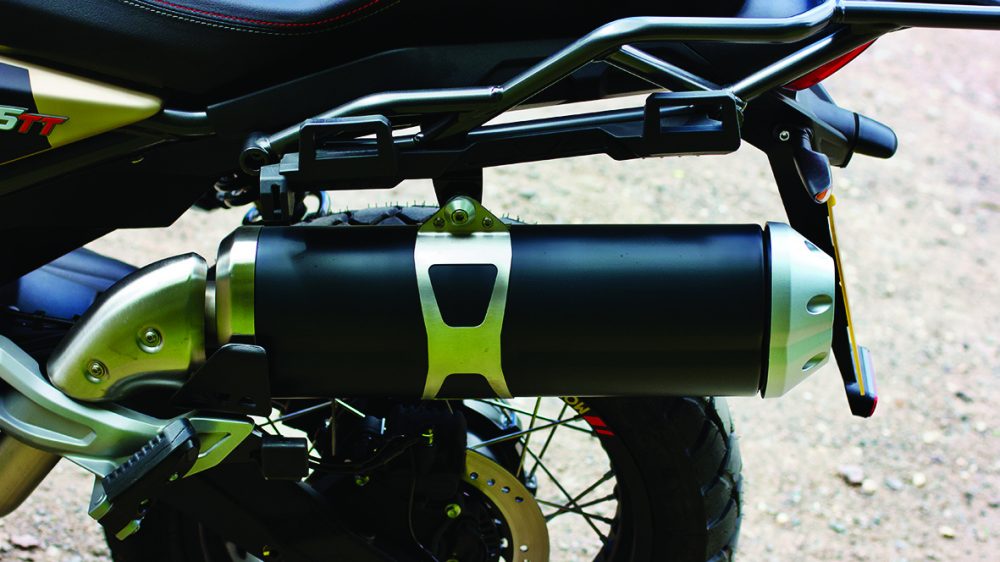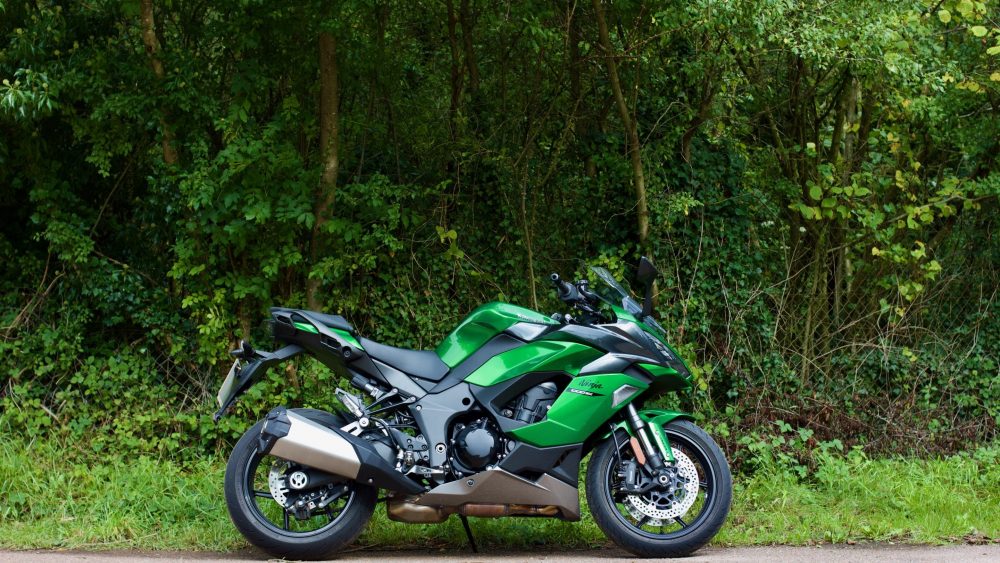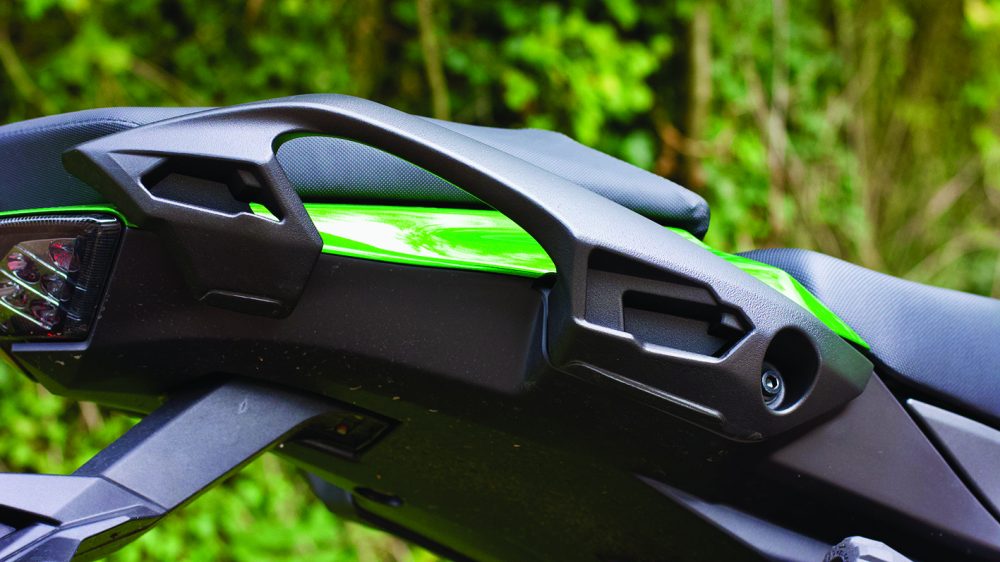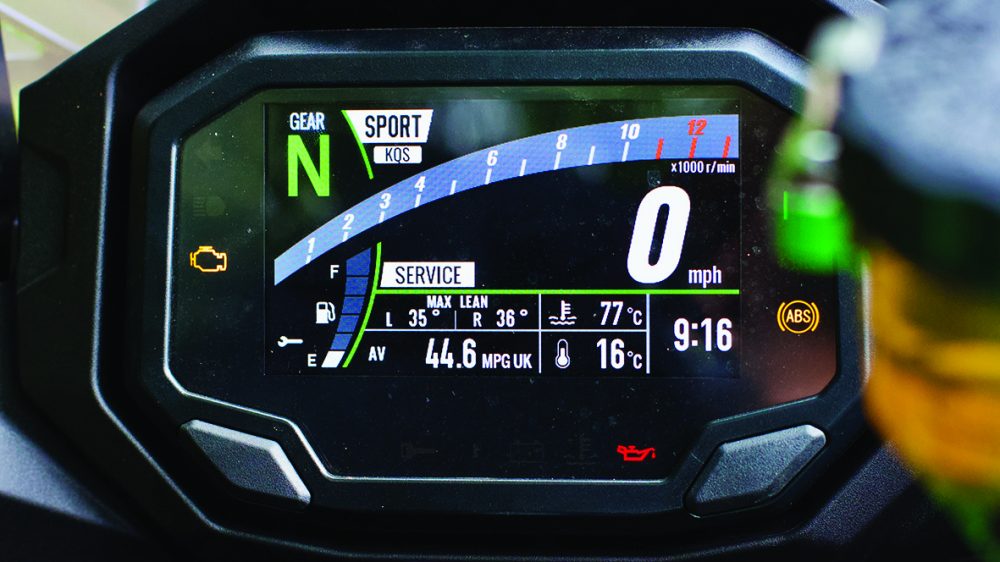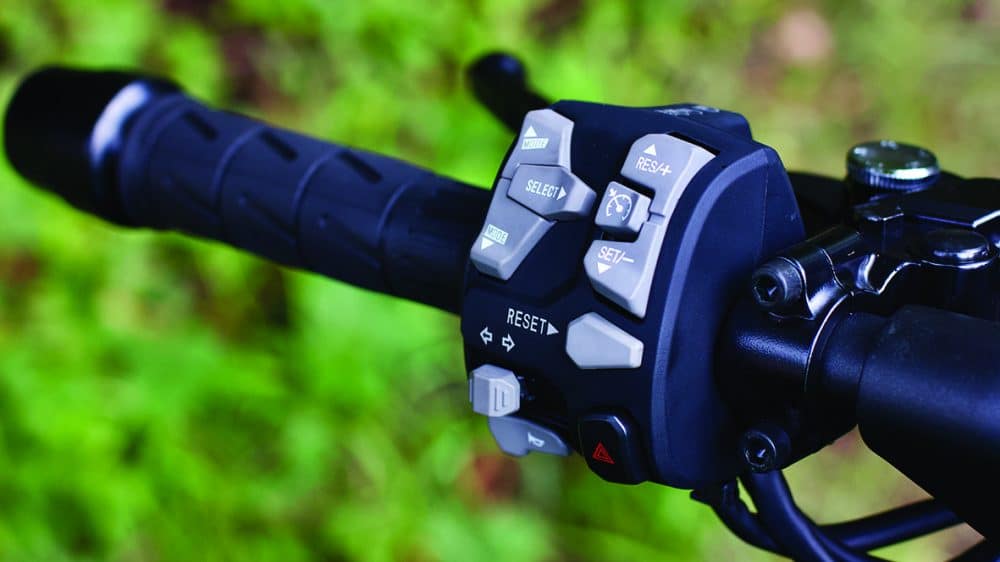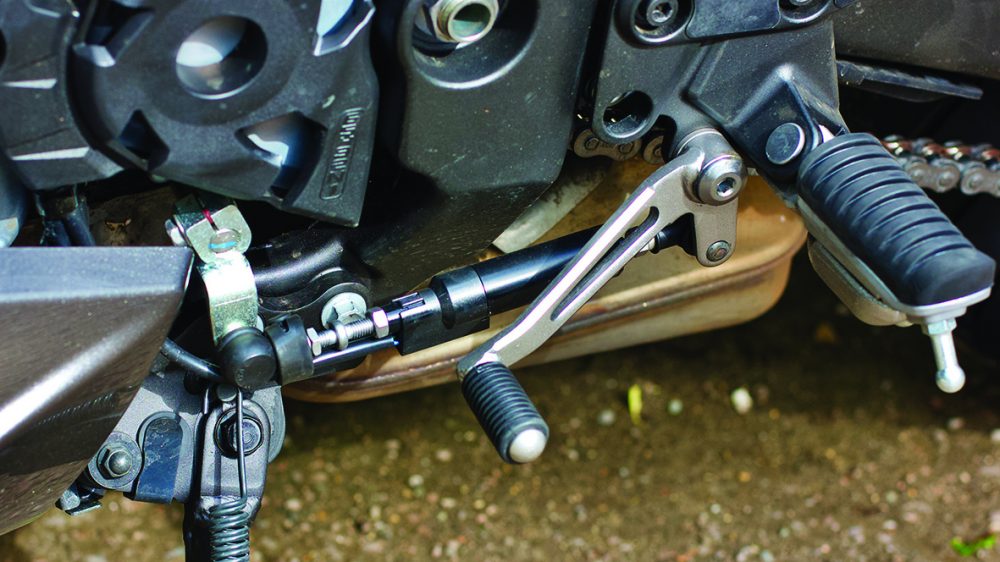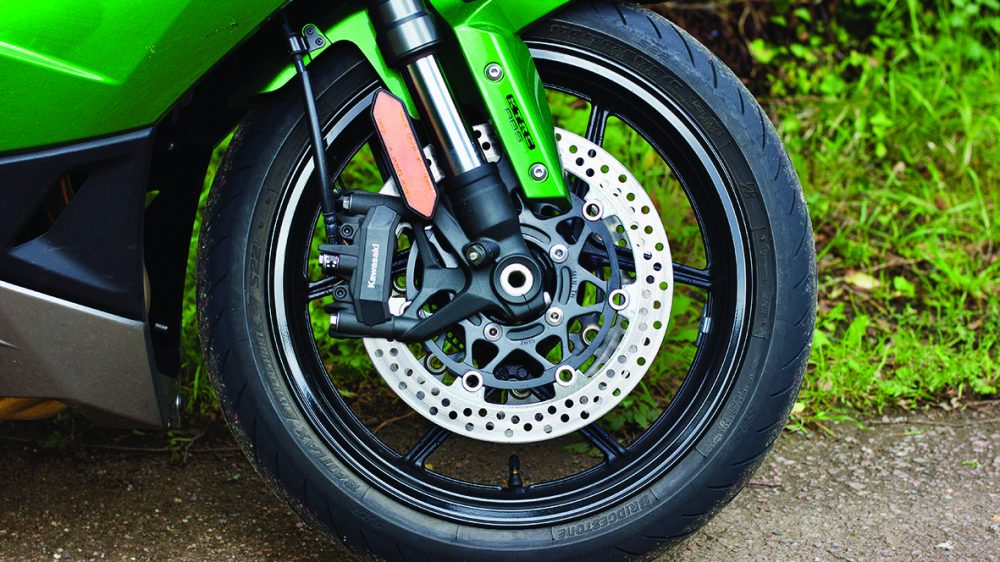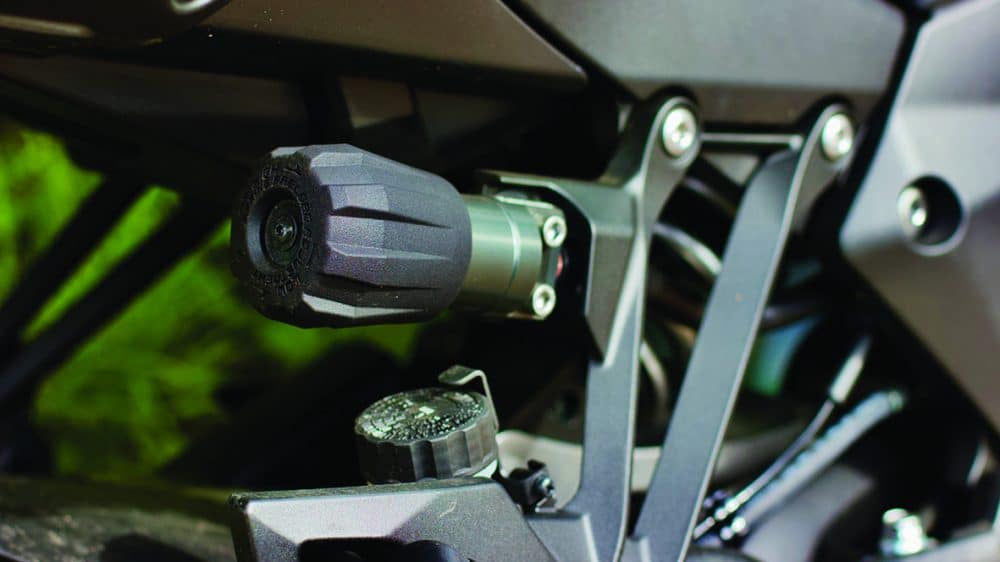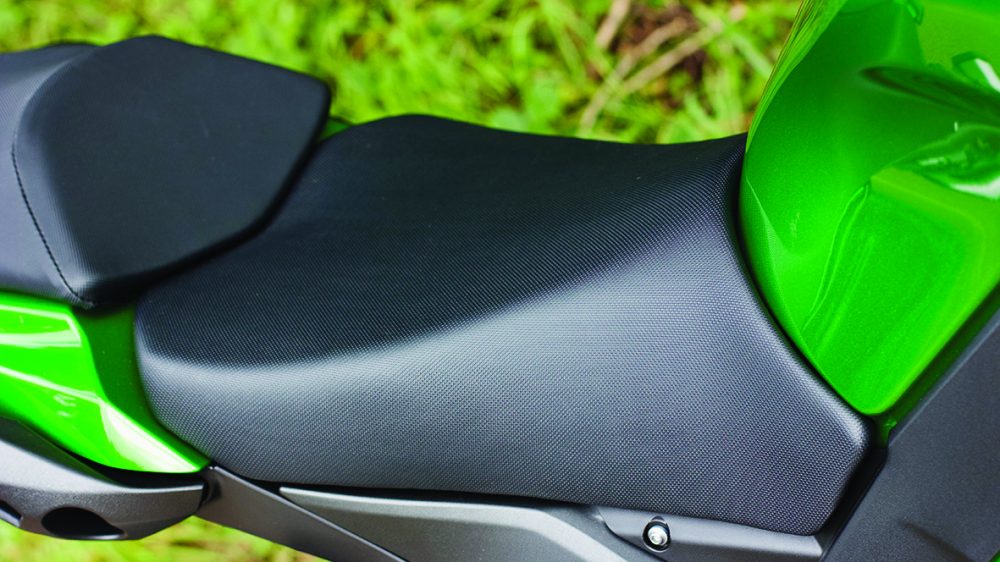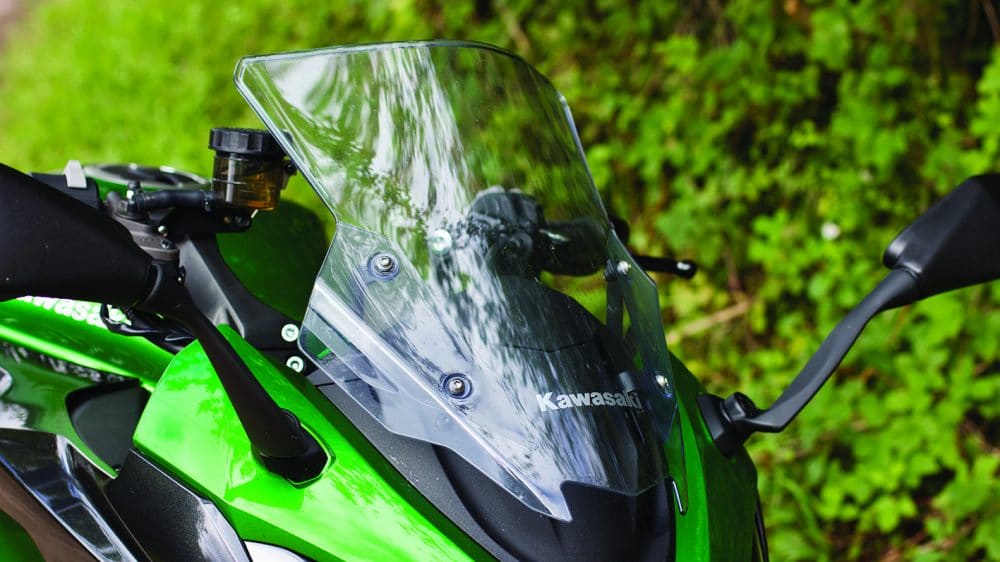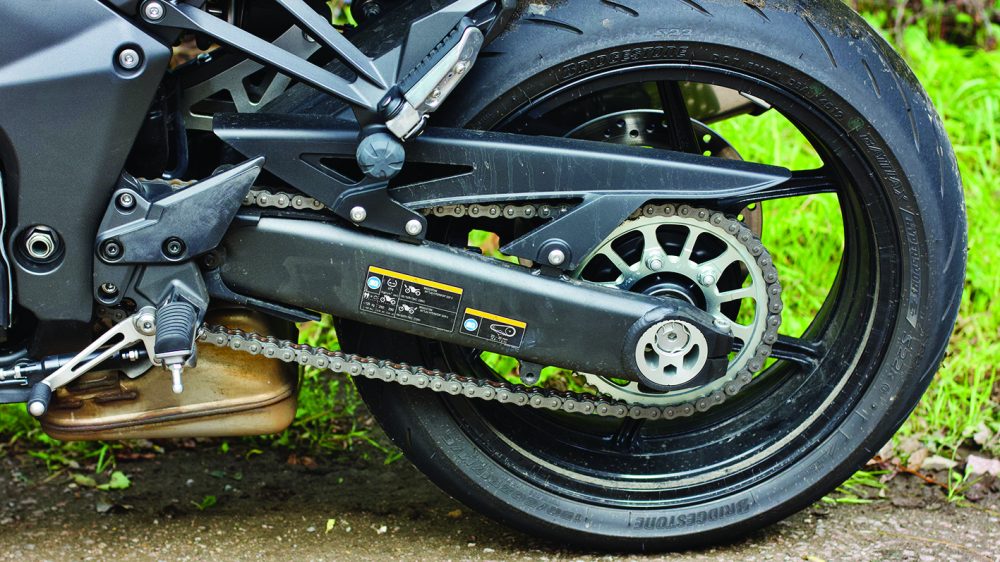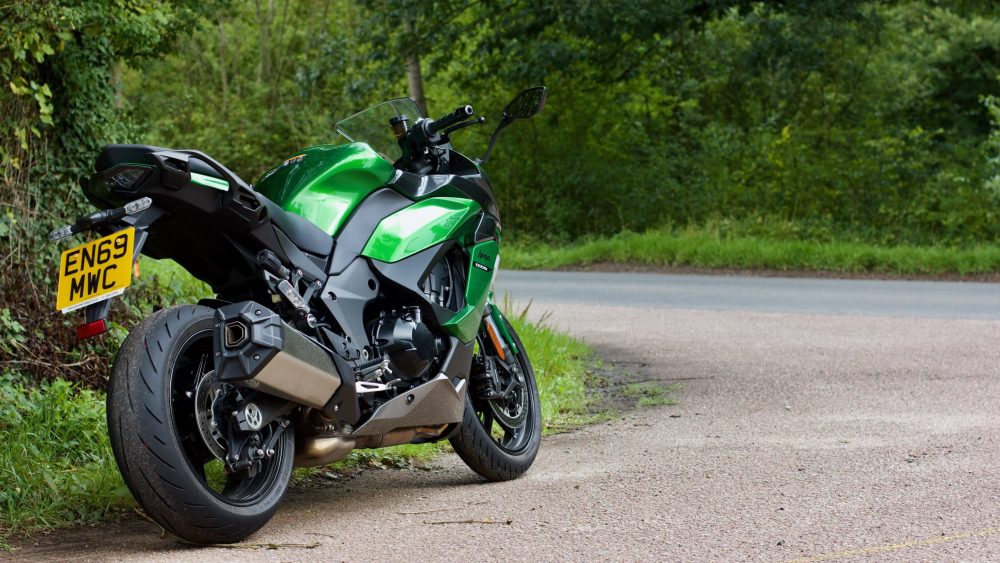The official TVAM discussion group for women members.
In September we finally started to get some runs going that I had promised the group pre-Covid. After rides out to Aston Pottery and then down to Longstock on the first two Saturdays of the month, both in glorious sunshine and September warmth, our third run of the month saw rather chillier autumnal temperatures taking over, with a couple of the group breaking out their electrically heated gear! Okay, I did have my heated grips on and also changed from my summer to winter gloves and added a layer.
Despite the coolness of the weather, the sun was shining and our little group headed out from St Crispin’s, which I haven’t seen since 2019, to enjoy Bryan Symon’s route which you will find on our centre pages this month. Starting from the Sainsbury’s store at Calcot we headed straight out onto country roads, thoroughly enjoying this first section. Bryan’s first marked stop was at The Grocer Chef, about 40 minutes into the route in the small village of Ardington. The cafe, also the village shop, had plenty of outdoor seating and we ordered coffee, managing to resist the cakes and pastries on offer. Our host was a keen motorcyclist and had rushed out to the front of the premises to see what we were riding, but in line with the route instructions we had parked up round the back of the buildings a short distance away. Note that you have to walk round past the bakery to access the front of the shop/café. If you can find your way into the centre of the village you can park immediately outside.
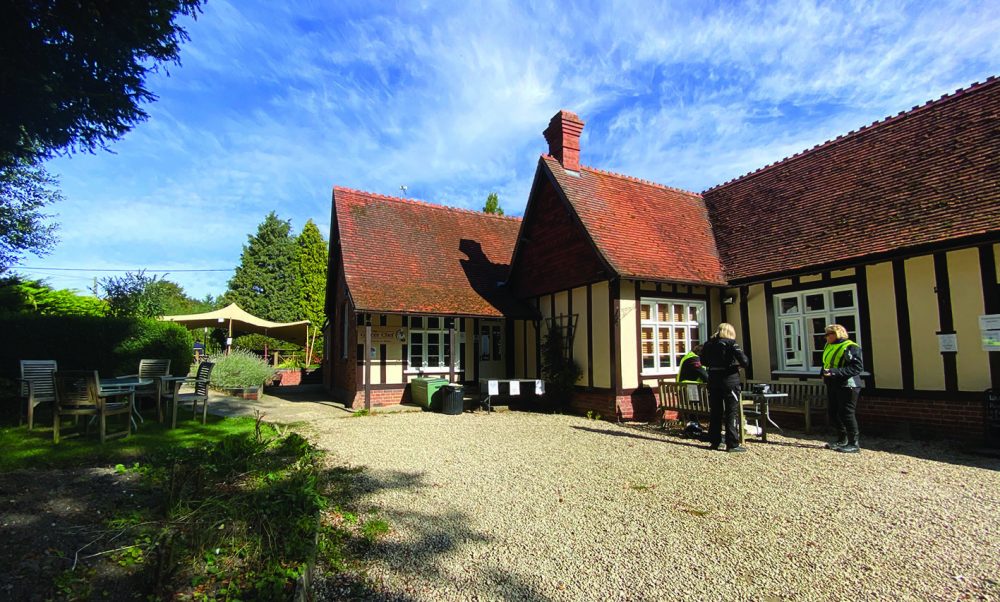
The Grocer Chef, Ardlington.

The Old Post Office, Guiting Power.
Refreshed we headed on north towards Charlbury and beyond before turning westwards and further into the Cotswolds on empty roads with a mix of fields of harvested crops, sheep, small towns and villages to view, then filtering through Stow-on-the-Wold and across the always busy A429 Fosse Way before heading to Lower Sewell on a narrow country road leading us up and away to our second stop, and time for lunch at The Old Post Office in Guiting Power. Parking around the corner we walked back to hopefully find some availability. With only a few busy two-seater tables at the front we were seated at the only available table inside this quaint eatery and shop, our luck was in. Ram-packed with odd bric-a-brac, cards and gifts we felt we had landed in a time warp. The food was excellent with lots of choice, a great stop for lunch or at any time as the cakes looked delicious too. Make sure you have a browse upstairs where even the toilet is decked out in items for sale.

The Old Post Office, Guiting Power.

The Old Post Office, Guiting Power.

The Old Post Office, Guiting Power.
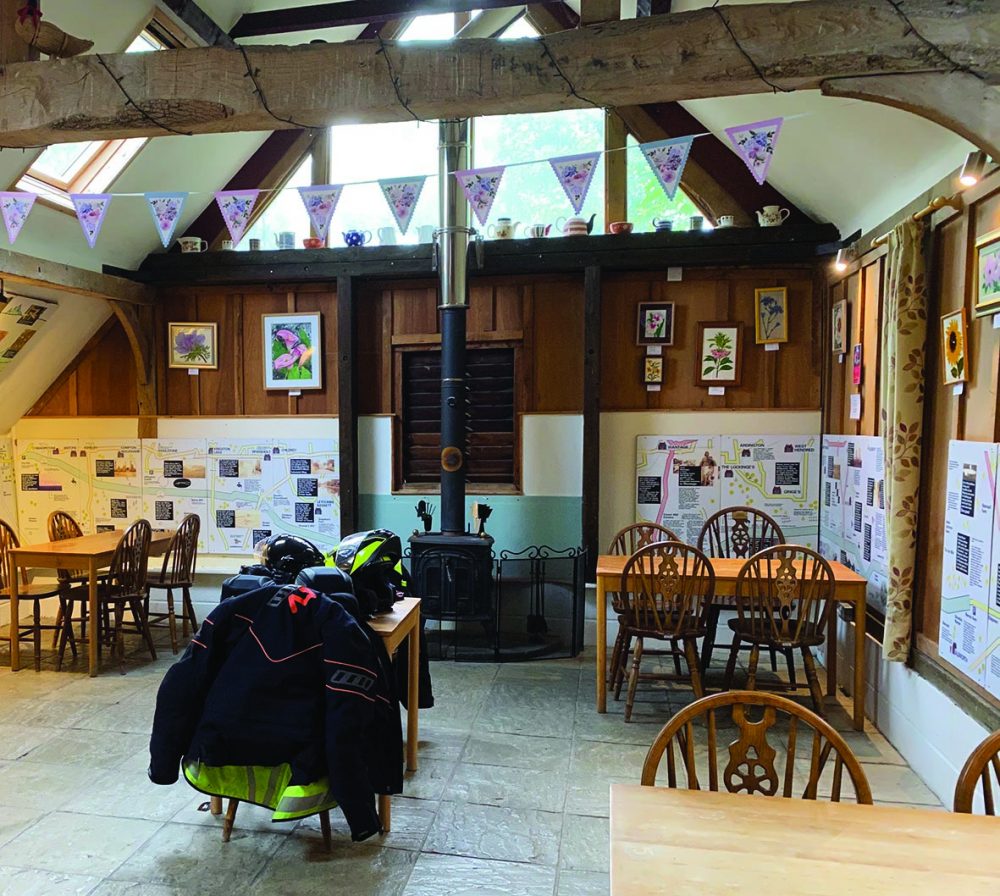
Court Hill Centre (inside)
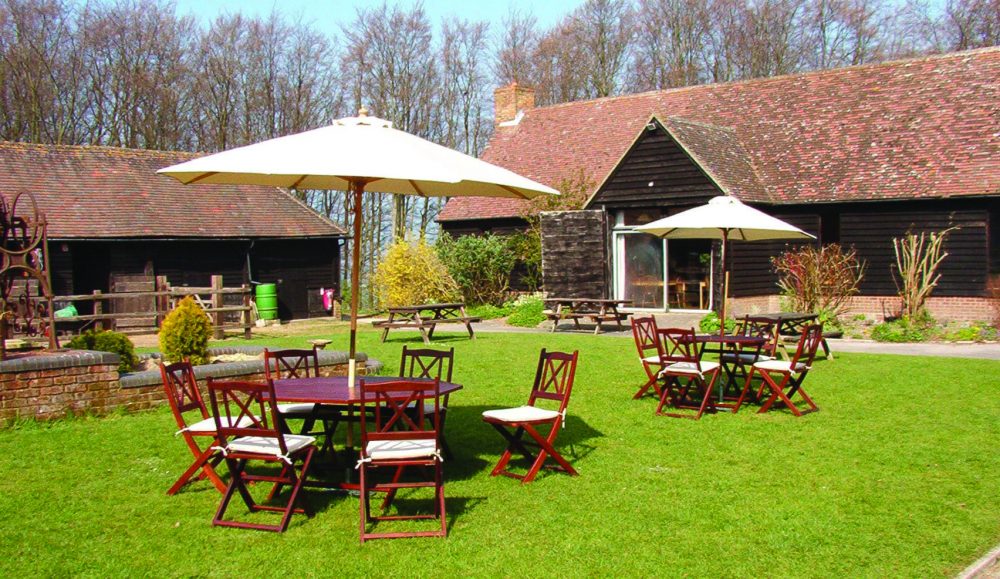
Court Hill Centre (outside)
The first section of the afternoon led us through the Cotswolds, again through lovely countryside and villages, plus an extremely busy Bourton-on-the-Water, looking like it would at any normal time with little use of masks apparent and people in close proximity everywhere you looked – well we weren’t stopping, just passing through thankfully. A fast and flowing ride took us to Court Hill Centre, arriving at 4.05pm, to find it was closed at 4pm. But not to worry, they were really accommodating and served us coffee, tea and cakes with no pressure to drink up and leave quickly. From there we opted for the more rural journey back to the start through Chieveley, Hermitage and Yattendon before waving each other goodbye as we approached Reading.
This is a lovely ride I will certainly repeat, all the stops were must do’s, with friendly and welcoming staff.
Salli G
First published in Slipstream October 2020




